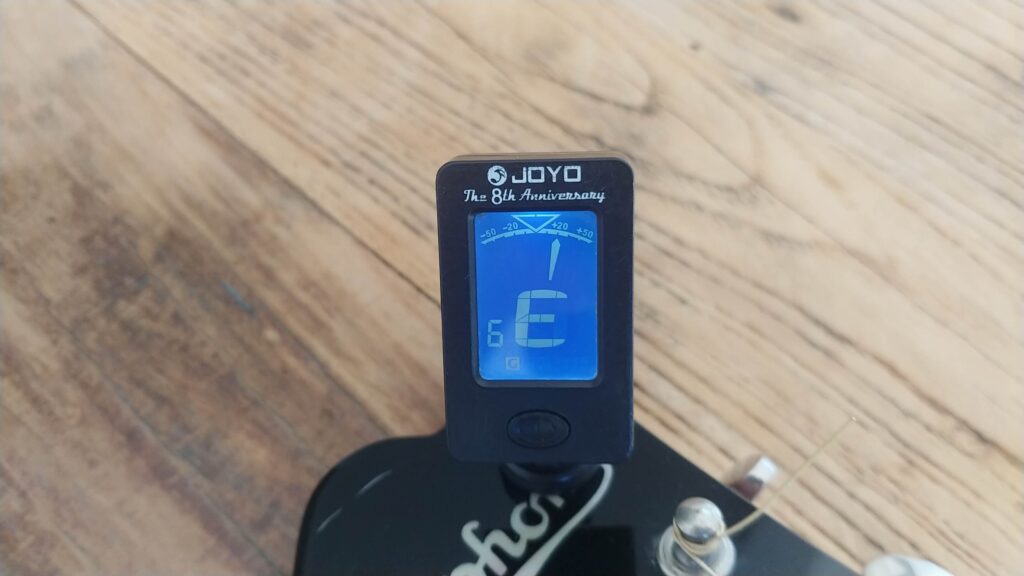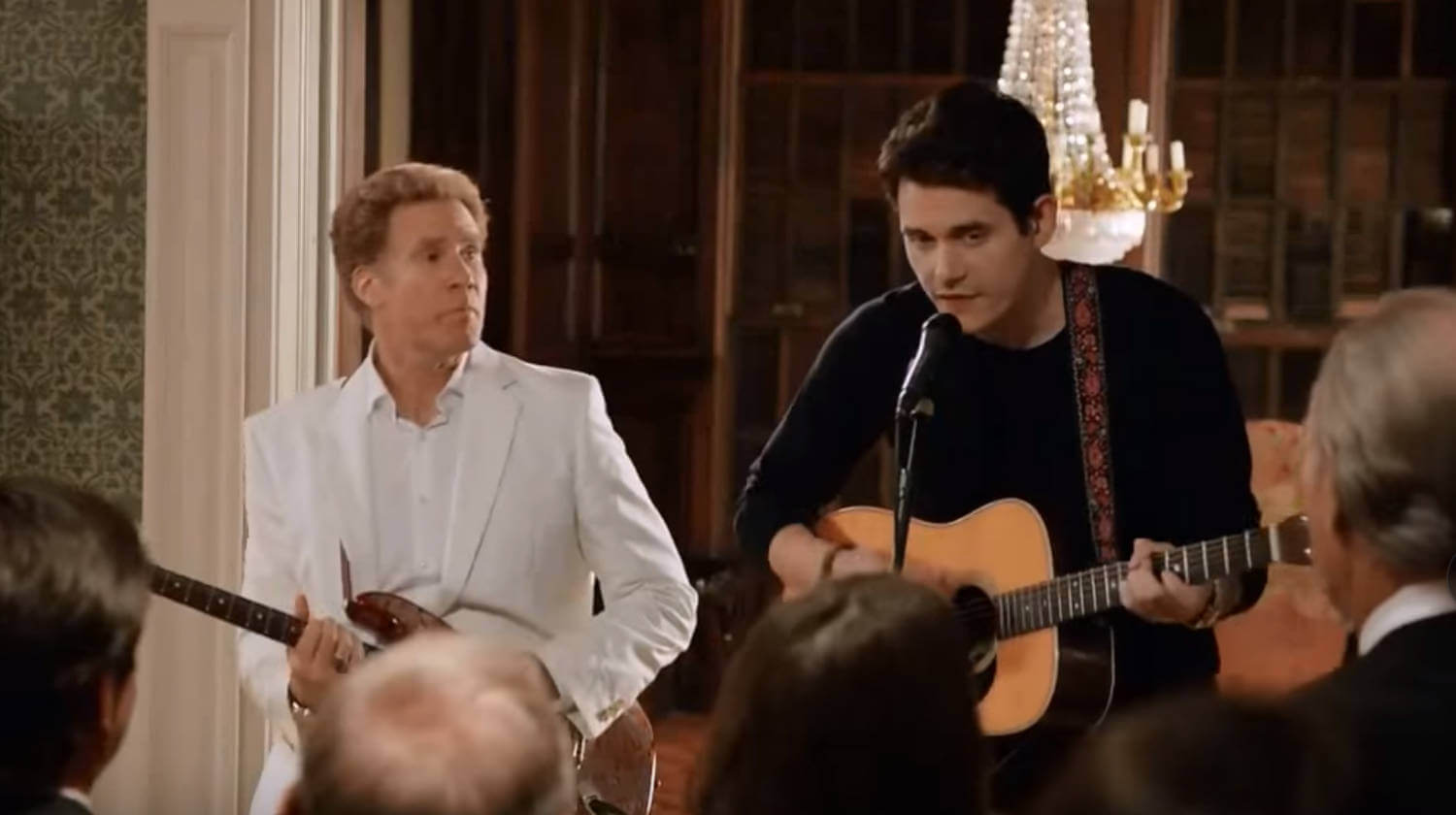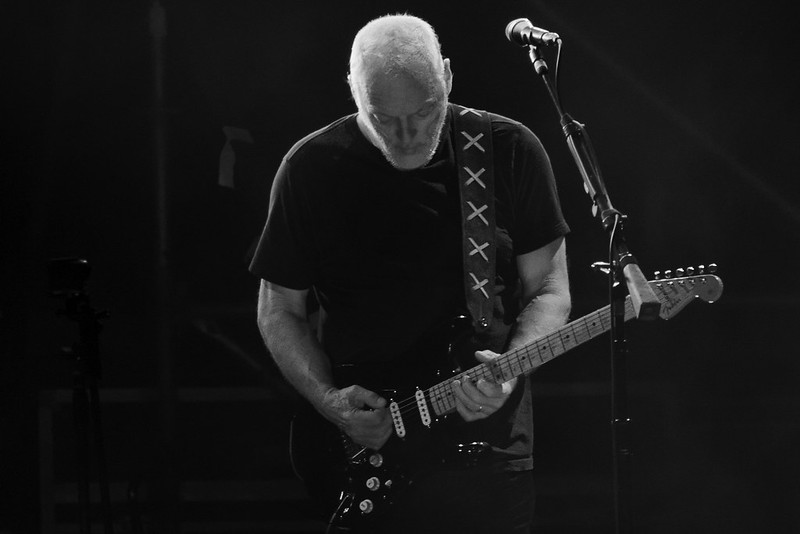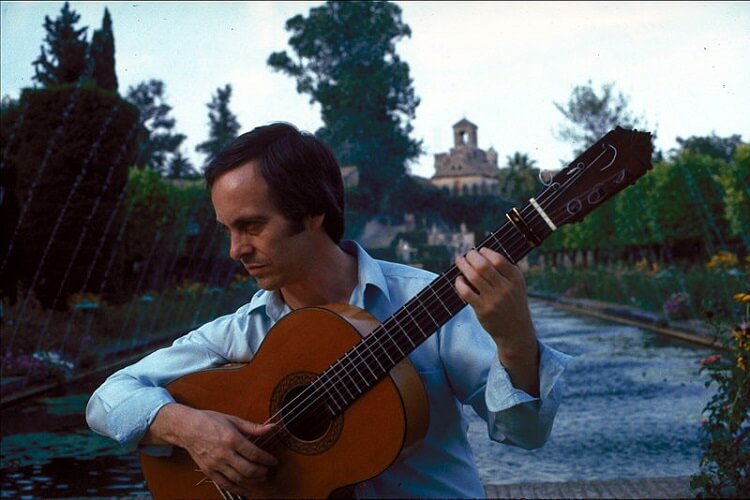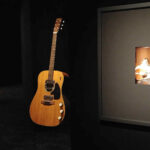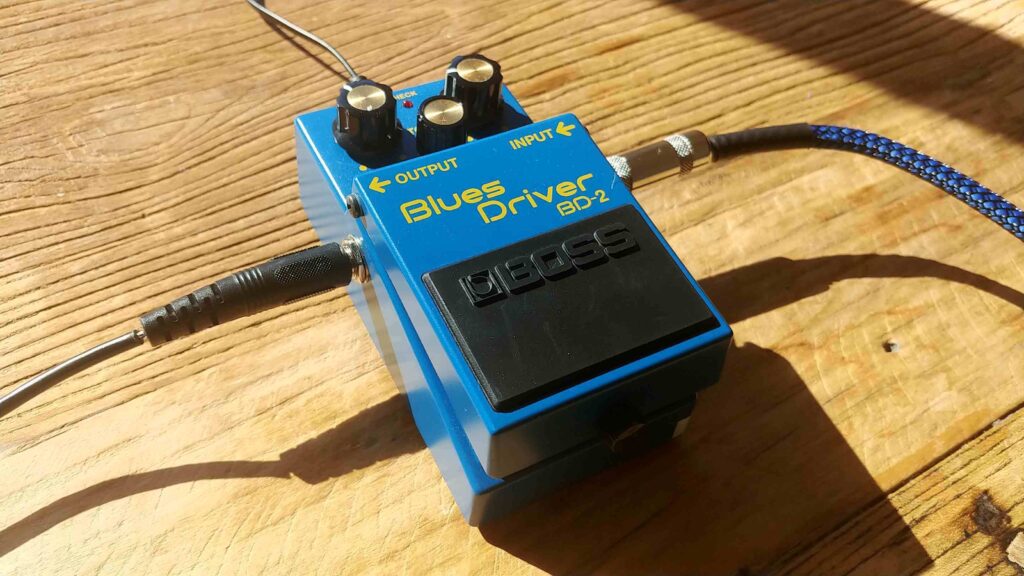
Overdrive has become synonymous with the sound of the electric guitar, offering grit and power without sacrificing nuance.
Boss makes several overdrive pedals, with its Blues Driver BD-2 favoured by guitarists including Prince, The Indigo Girls’ Emily Saliers, Sleater-Kinney’s Carrie Brownstein, and Los Lobos’ Cesar Rosas.
The pedal has also been used in more creative ways. When Norah Jones toured in 2010, her keyboardist John Kirby ran Wurlitzer 200A electric piano through the Boss BD-2 Blues Driver for extra crunch (as well as an Ibanez AD-g analog delay before going to the bass input of the Fender Bassman).
But why buy an overdrive pedal when you can crank up the gain knob on even a budget practice amp or use a guitar effect simulator through a DAW to create overdrive or distortion? I borrowed a BD-2 Blues Driver for several weeks from my local library and found two main advantages.
The first is sound. Each guitar amp has its own unique tone and, whatever its strengths and weaknesses, it can only do so much. The sound of some amps will start to break up and become muddy (or simply distort) when the gain is too high. Find the amp’s sweet spot and then use an overdrive pedal to further shape it (listen to Tim Pierce below).
The second reason is simplicity. There’s a near infinite amount of combinations that a guitar effect simulator can produce, but it requires far more work. You have to pay more attention to input levels, EQ and other factors, including how you play. An overdrive pedal like the Boss Blues Driver BD-2 is simple to use (there are just three knobs to adjust – level, tone and gain) and produces an authentic overdrive sound.
There’s no shortage of YouTube videos demonstrating the Boss Blues Driver BD-2 pedal. The problem I find with every demo is the guitarist sounds great, regardless of the equipment. I’ve instead recorded three versions of some absolute basic blues riffs on my ESP Ltd EC-10 guitar plugged directly into my Presonus Studio 24c audio interface and Studio One DAW. This is the ‘real’ sound at its most basic:
- a naked signal with no EQ or effects
- with the Blues Driver BD-2 set to Overdrive
- with the Blues Driver BD-2 set to British Blues
The setting on the left in the image below is Boss’ suggested Overdrive setting and to the right is its British Blues setting. These are the recorded sounds you can hear above, although the more heavily distorted British Blues is recorded a bit hot.

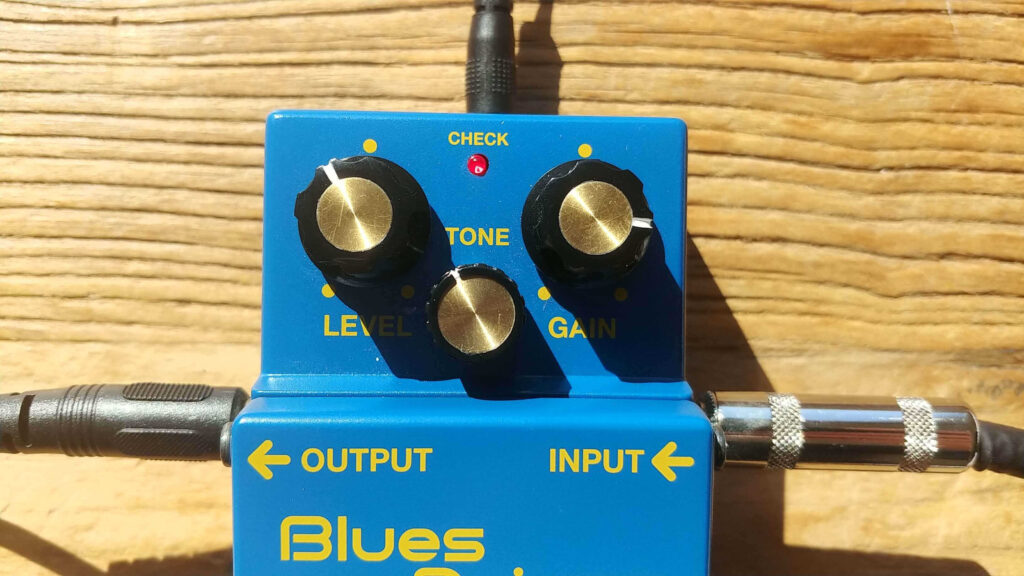
Boss also suggests settings for Crunch, Turbo Overdrive, American Blues, Booster, Chord Play, and Clean Crunch, which you can see in the manual, but the pedal is simple to operate and your ears will be the best guide.
The pedal is an overdrive but it’s quite easy to create heavier distortion. The video below delves into the pedal’s engineering (which is above my pay grade) but worth a watch. The key takeaway is Boss is using some impressive engineering to allow guitarists to easily sculpt an authentic overdrive sound without too much heavy lifting.
- Disttion Overdrive Effects Guitar Pedal with Tube Amplifier Simulation Blues Guitar Tone with Level
- Gain Controls
- Classic “blues” guitar tones with tube amp simulation
- Responds to nuance and volume changes

